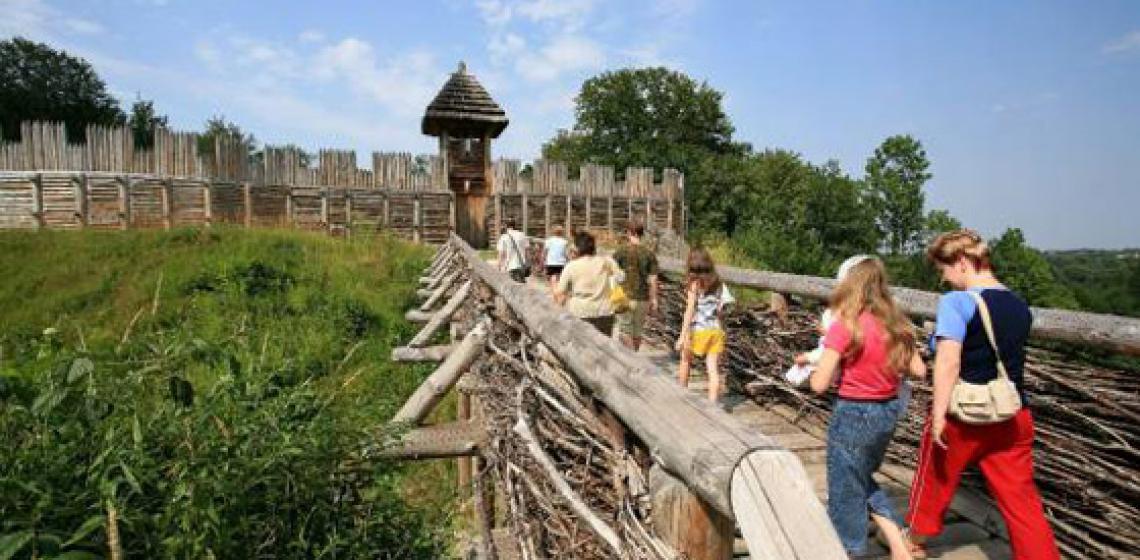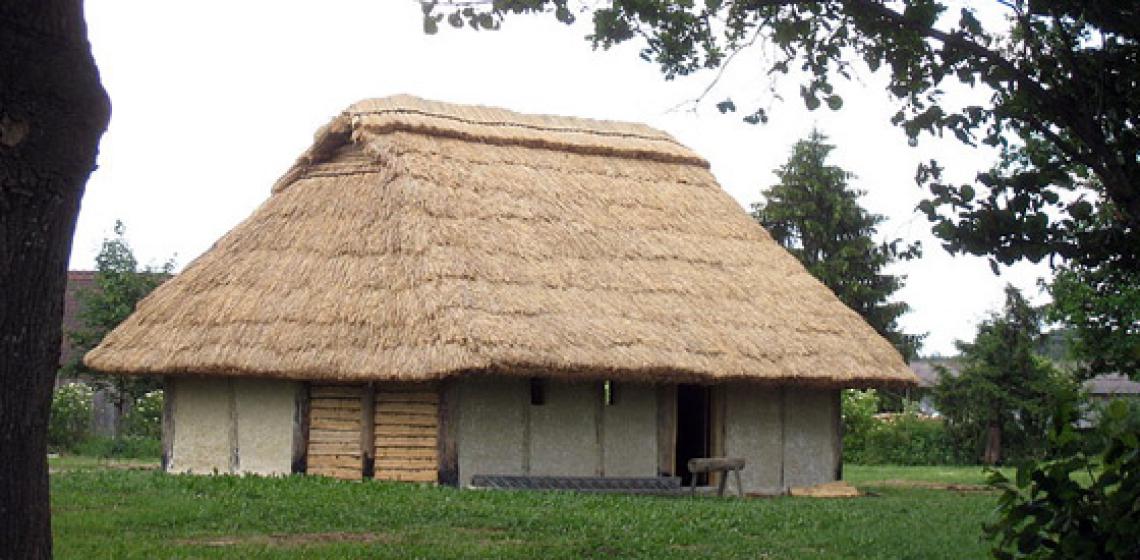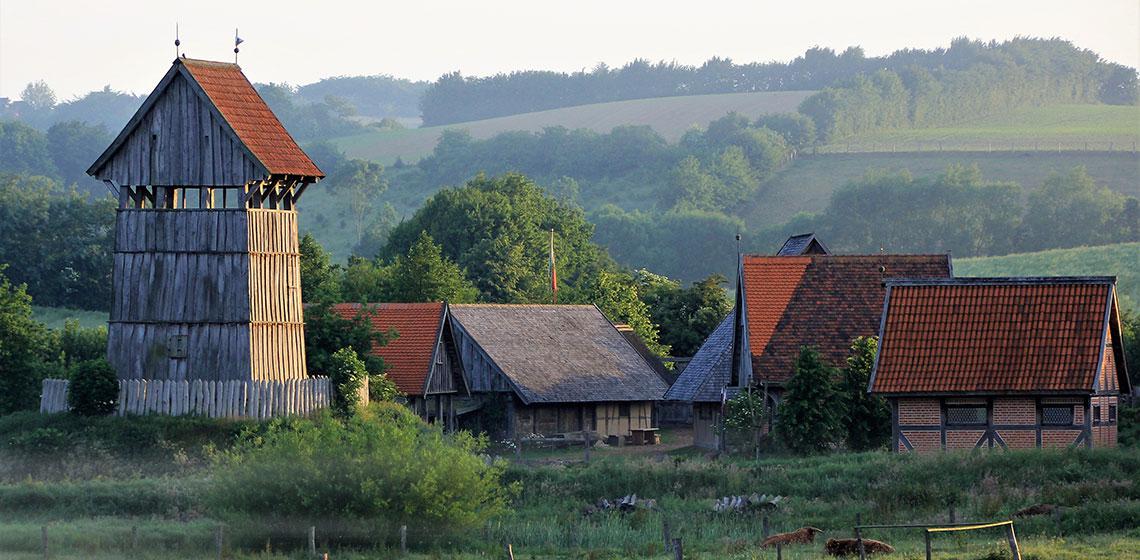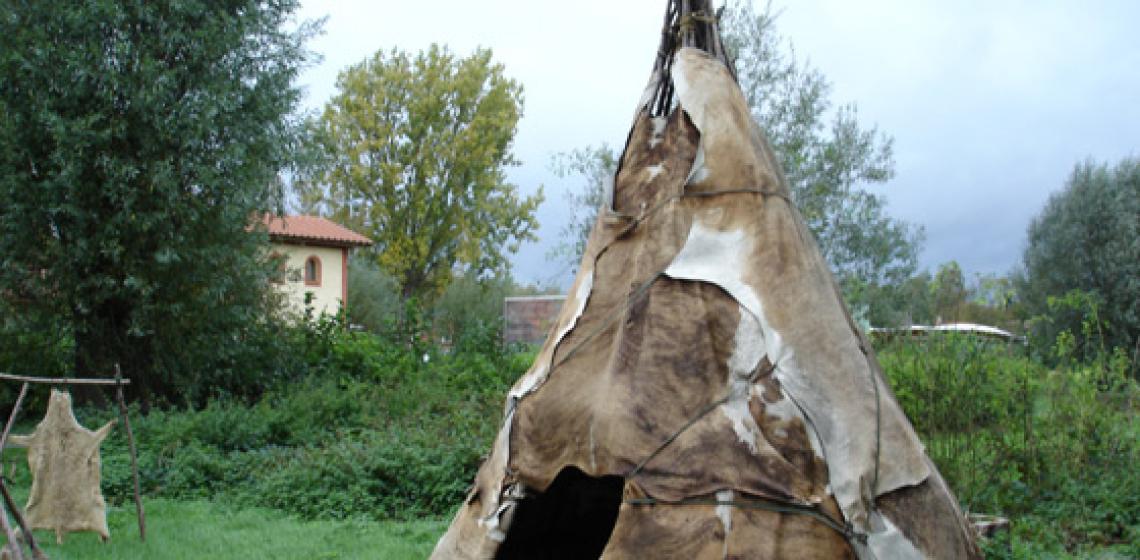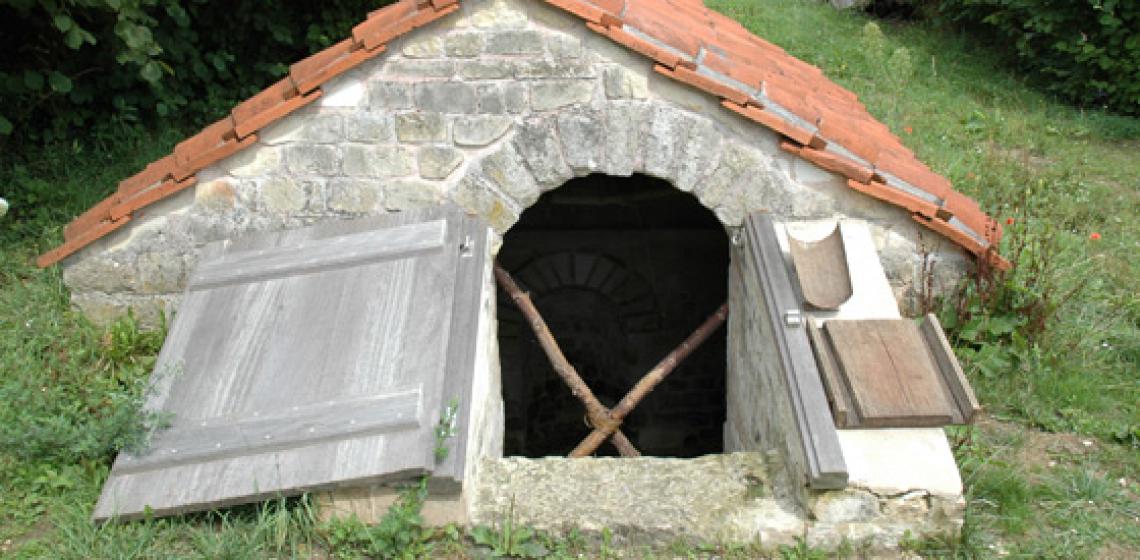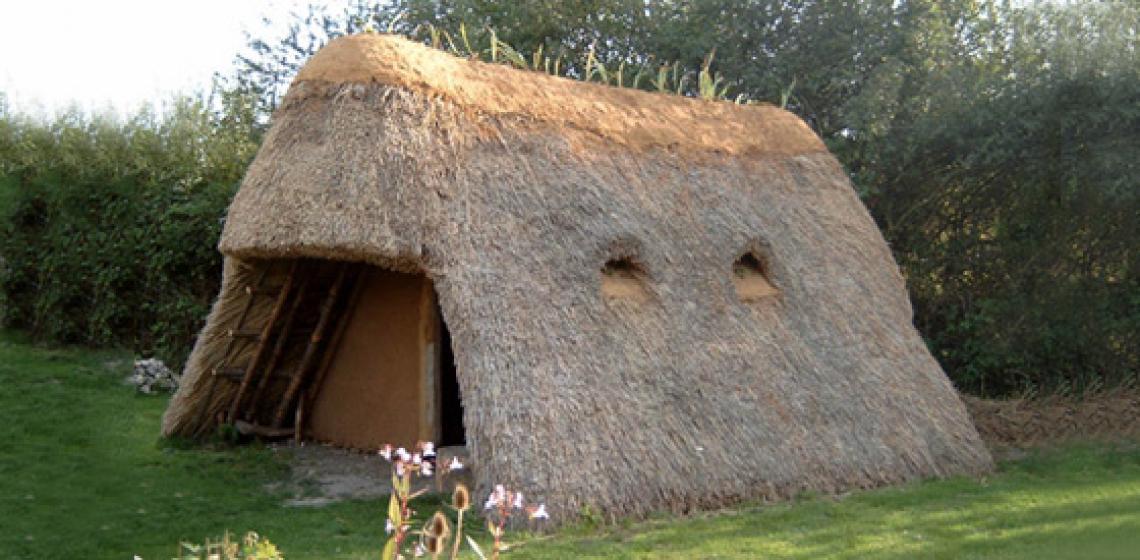Archeopark Chotebuz-Podobora (CZ)
The Archeopark Chotěbuz-Podobora is a national cultural monument due to the archaeological remains, still partly unexcavated. Long term excavations are carried out by the local Muzeum Těšínska in cooperation with the ASCR in Brno led by Doc. PhDr. Paul Kouril, CSc. The Archeopark is one of the 14 departments of the Muzeum Těšínska.
The Archeopark Chotěbuz-Podobora is a national cultural monument due to the archaeological remains, still partly unexcavated. Long term excavations are carried out by the local Muzeum Těšínska in cooperation with the ASCR in Brno led by Doc. PhDr. Paul Kouril, CSc. The Archeopark is one of the 14 departments of the Muzeum Těšínska...

